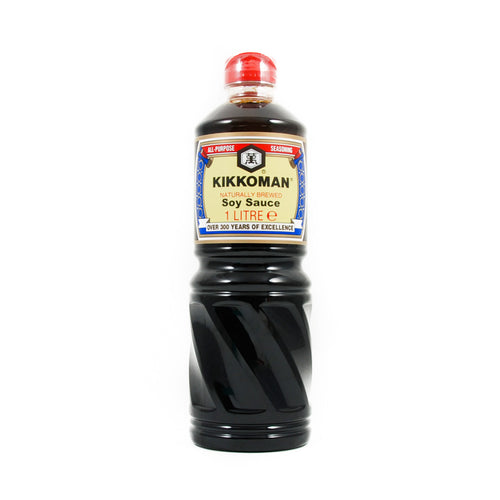Japanese Soy Sauce
Learn More >
-
Business customer? Our trade team is here to help. Learn more >
-
Business customer? Our trade team is here to help. Learn more >
-
Business customer? Our trade team is here to help. Learn more >
Filters
CloseJapanese Soy Sauce
So, you want to learn more about soy sauce? Great! This introduction to Japanese soy sauce will cover everything you need to know about the basics of the ingredient, from how it’s made to what it tastes like and how you should use it in your dishes. It also provides some interesting facts about its history and culture, as well as recommendations on which brands you should buy and where you can find them. Are you ready? Let’s start with the basics...
The History of Soy Sauce
The soy sauce most of us are accustomed to is the Chinese variety, which is made with a combination of soybeans and wheat. Traditional Japanese soy sauce (called shoyu) is made exclusively with soybeans. Shoyu was first developed by Buddhist monks in China in the 7th century AD. When they left China for Japan, they took their knowledge of making shoyu with them.
The Different Types of Soy Sauce
Many people think that all soy sauce is the same. But, in reality, there are many different types of soy sauce. The two most common types are tamari and shoyu. Tamari is a thicker style of soy sauce that often has a sweeter taste. Shoyu is the standard style of soy sauce that most people know and use in their recipes.
How is Japanese Soy Sauce different?
Japanese soy sauce is often regarded as the best soy sauce in the world and for good reason. Unlike Chinese soy sauce, which is made from a mixture of soybeans, wheat and salt, Japanese soy sauce is made from roasted wheat and a mixture of yeast and fungal cultures – also known as koji.
Read our buyers guide and guide to the differences between Chinese & Japanese soy sauces to help you decide what to use. After that, it's best to try a few for yourself!























